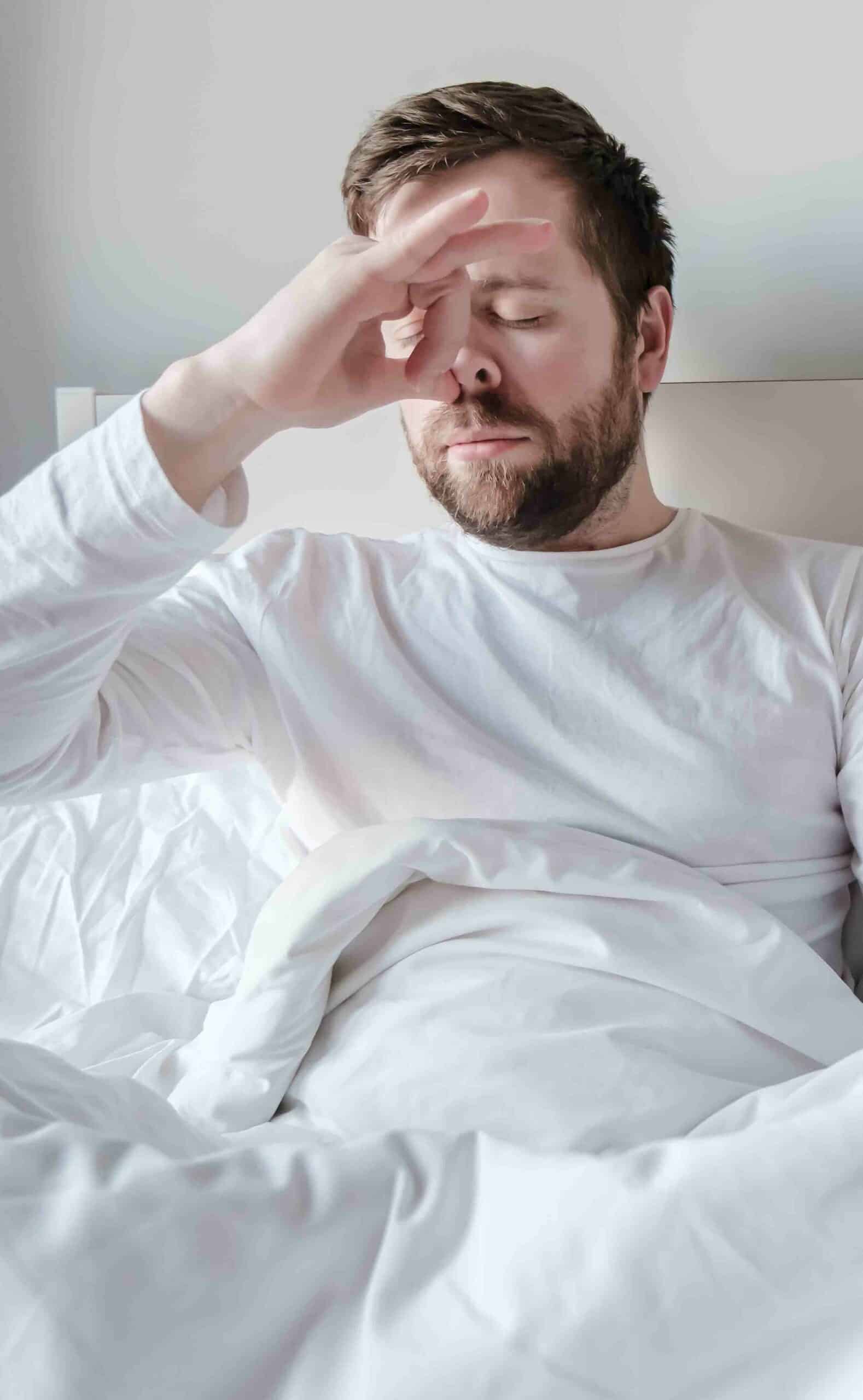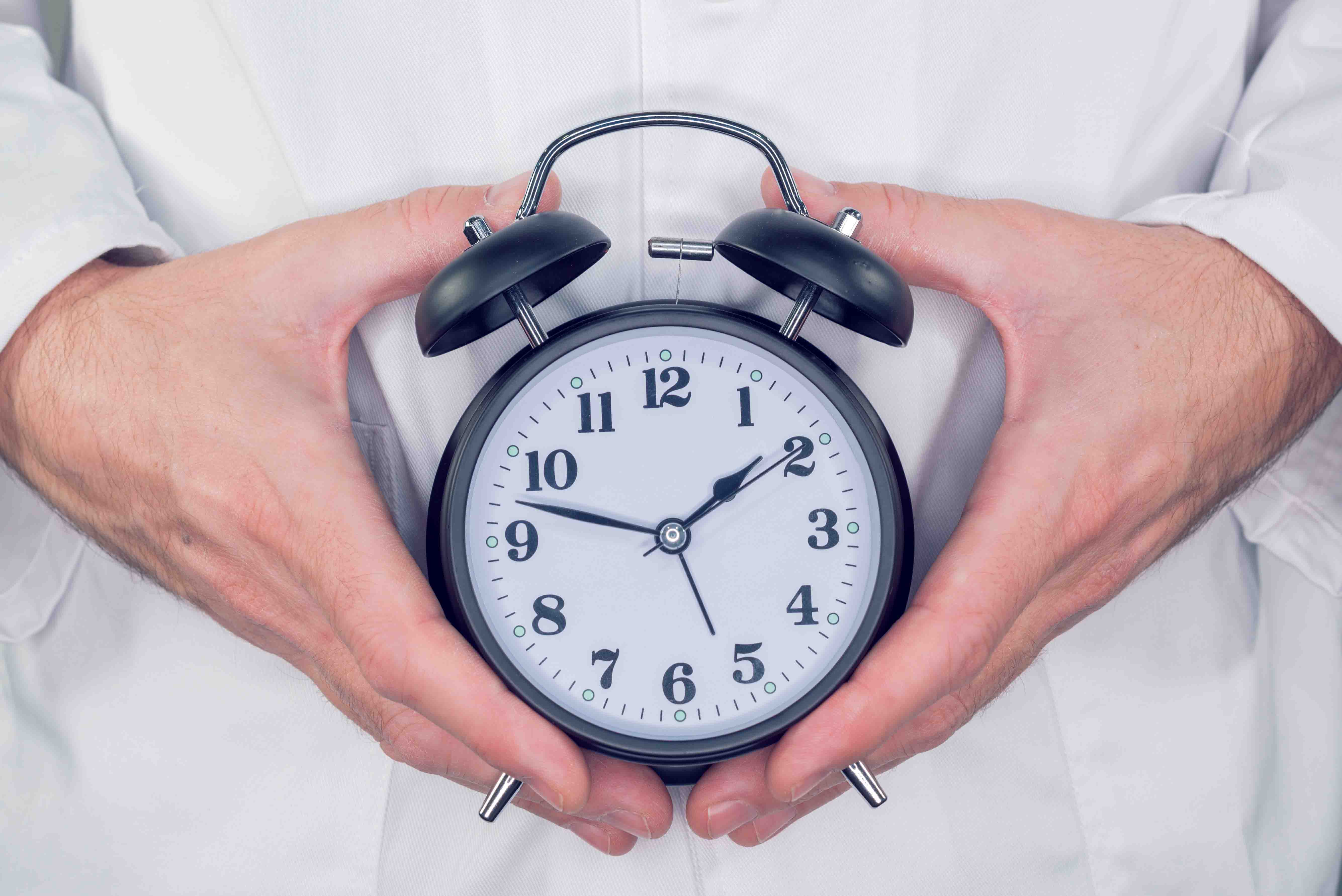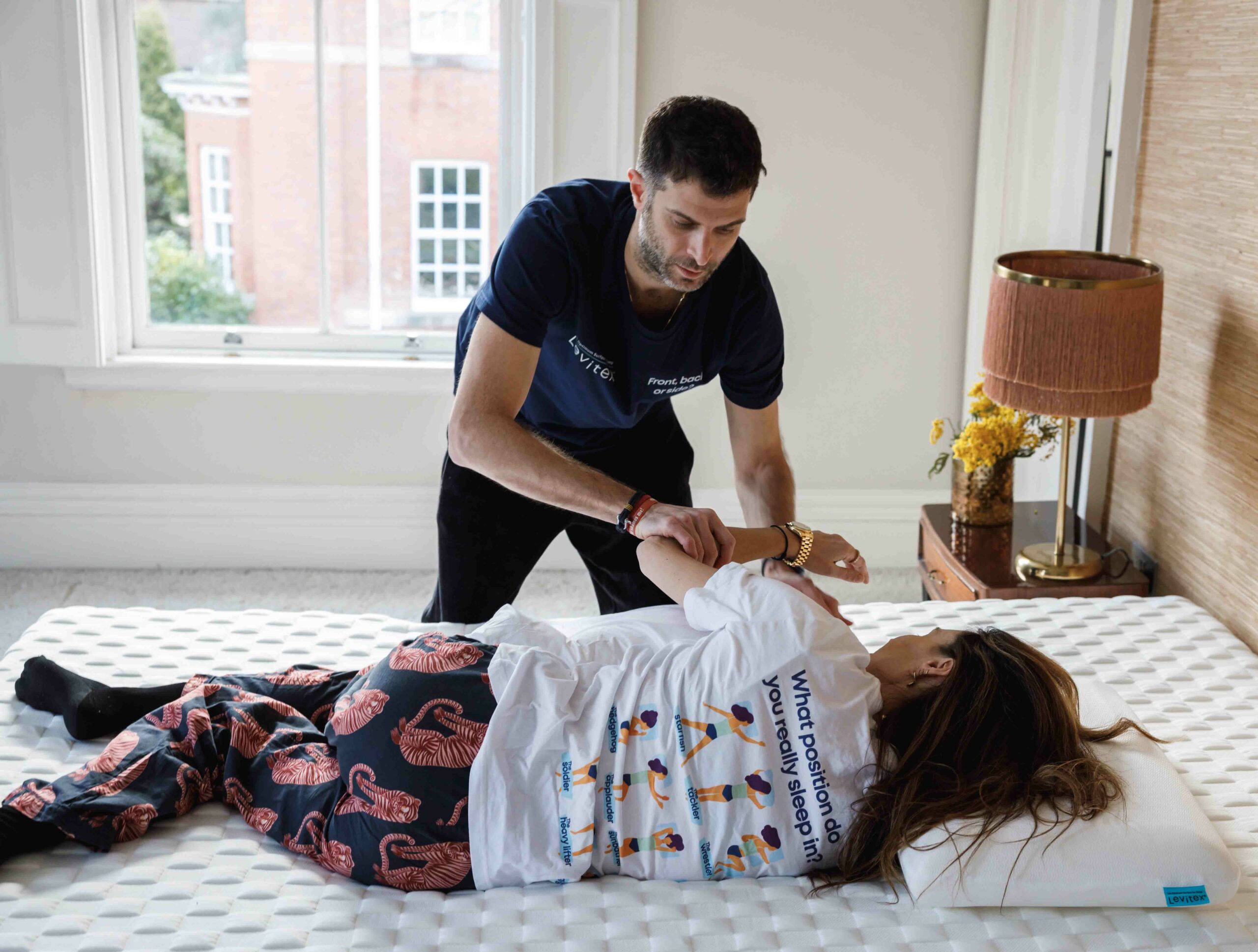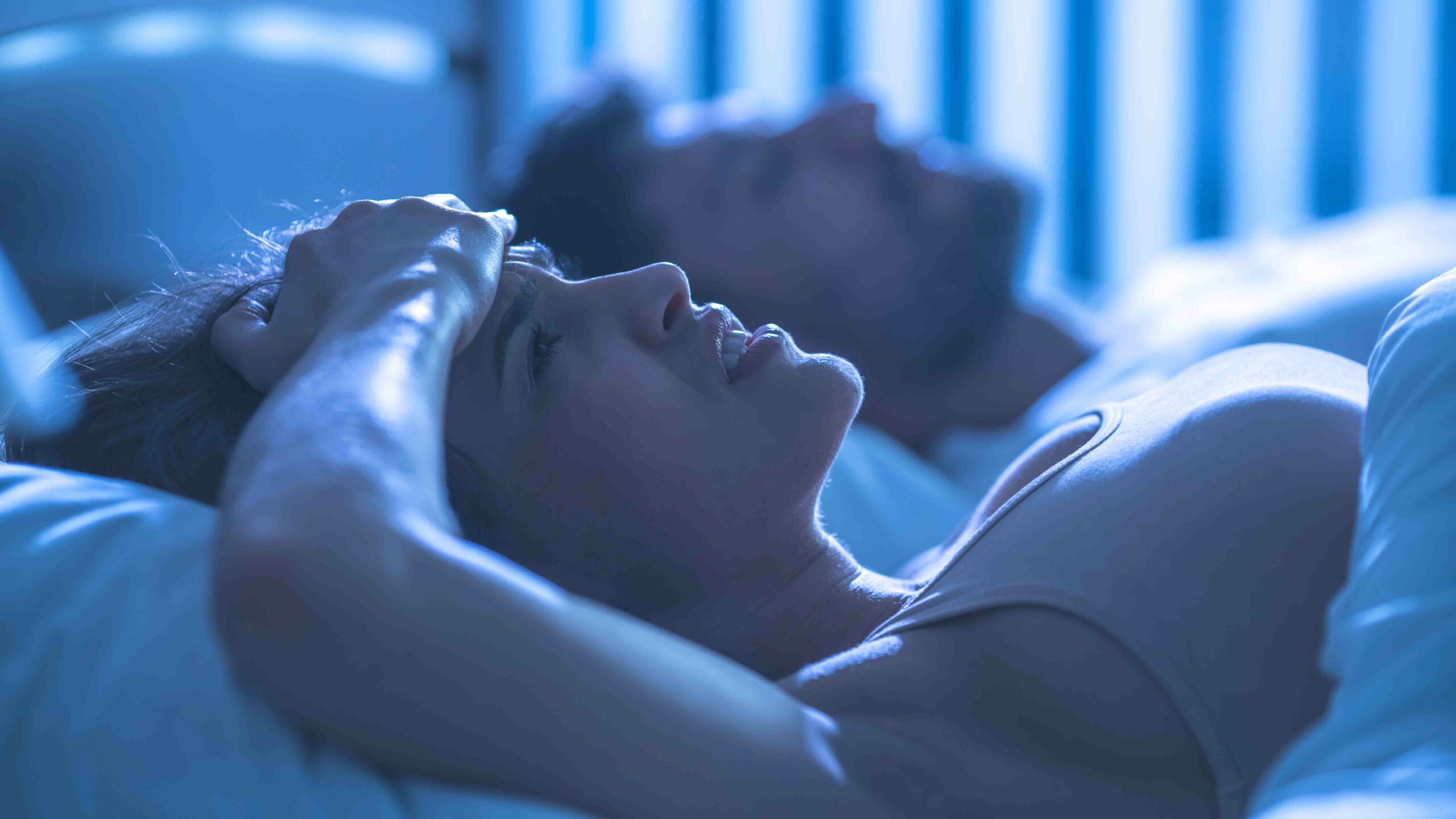Sleep interventions include a wide range of approaches from environment to behavioural. They are often implemented by the patient’s carer and setting. Interventions for sleep are required to address the common problem of sleep disturbance that occur amongst patients.
Sleep problems within healthcare are extremely prevalent and can cause significant problems amongst patients. Recovery from illness and the quantity and quality of sleep a patient gets, are intrinsically linked.
However, it’s acknowledged that patients typically sleep poorly during their stay in hospital. This is mainly due to elements associated with the hospital environment, patients’ physical illness, emotional wellbeing and the undertakings of the staff.
In addition to hospitals, those receiving care in their homes, or long-term care facilities such as care homes also show evidence of sleep/wake pattern disturbance.
Reports suggest that problems with sleep are far more common and severe amongst older adults living at home in the community.
Many of the factors that lead to poor sleep can be influenced by appropriate interventions. With many types of sleep interventions used for patients, we take a look at five examples, and the forgotten (yet perhaps the most effective) intervention.
1. Cognitive-behavioural sleep interventions (CBT)

Designed to retrain your body and mind to sleep well at night, CBT uses a multi step approach to tackling poor sleep. This approach encompasses cognitive, behavioural, and educational components.
- Cognitive: Patients undergoing treatment in healthcare settings often have problems with getting to sleep and develop looping inaccurate cognitive thoughts around sleep. These may include anxiety about their insomnia or worry about performance due to lack of sleep. CBT aims to address these dysfunctional thoughts using cognitive restructuring to break the cycle, establishing, challenging and altering the beliefs and perspective around the inability to sleep.
- Behavioural: Changing the associations with one’s sleeping environment is a behavioural intervention that looks to address any stimulus around sleeping. In particular patients are encouraged to not stay in bed awake if possible and instead get up and move around until they feel tired again. It’s all about reclining the bedroom as a place to sleep instead of one of annoyance and wakefulness. Inducing behaviours of waking up at regular times is encouraged in order to avoid napping.
- Educational: Patients can also be taught to understand the concept of sleep hygiene and its importance in the rehabilitation process. Topics such as diet, living a healthy lifestyle, exercise and making a good sleeping environment are addressed and often fed into homework style assignments.
2. Relaxation techniques and training

Relaxation techniques are a vital intervention for better sleep but should be combined with other interventions in order to maximise their effectiveness. At their core, relaxation exercises help to lower the heart rate and the blood pressure, in turn allowing us to fall asleep. Some of the relaxation techniques used are;
- Breathing exercises: The 4-7-8 technique of inhaling for 4 seconds, holding that breath for 7 seconds, then slowly exhaling for 8 seconds helps to relax the body and remove any tension.
- Imagery: Helping you sleep by reducing stress can be achieved through guided imagery or visualisation. By directing your mind to a favoured goal you can reduce anxiety and stress and help create a better state of mind for a restful sleep.
- Body scans: By training your mind to focus on a certain area of the body you can start to slow down your thoughts. Centering on a given area allows one to understand where tension occurs in the body and therefore address and release it – allowing for a more rested state for sleeping.
3. Exercise

Exercise is commonly used as a measure to improve sleep quality. Ensuring that someone gets enough exercise during the day can help significantly with their sleep.
Although this is sometimes problematic with certain types of patients, it is thought that even a little bit of exercise done regularly can help to reduce day-time naps and lead to a better quality of sleep.
4. Stimulus control therapy (SCT)

Stimulus control is concerned with behavioural psychology and refers to a predictable pattern of behaviour in the presence of a certain stimulus, and another pattern in the absence of that stimulus.
When people have difficulty sleeping they often develop negative associations with the bed and bedtime routine. This can increase the amount of stress hormones resulting in the inability to sleep.
Designed to strengthen associations with the bed as a place to sleep, SCT uses a number of behavioural changes to alleviate negative conditioning around sleep. Here are a few;
- Stop watching the alarm clock
- Only go to bed when tired
- No daytime naps
- Use the bed for sleep and sex only
- Schedule your sleep pattern to be the same everyday
5. Sleep restriction treatment (SRT)

SRT is a behavioural treatment that addresses getting to sleep. It works on the premise that restricting the time one spends in bed trying to sleep may lead to less time awakening and more consolidated sleep.
Whereas the SRT interventions may vary depending on things like age and the persons pre existing medical conditions SRT practitioners may recommend a variety of steps;
- Restricting the hours spent in bed but no less than 5 hours regardless of their average sleep time.
- Sticking to a the same time going to sleep and awakening from sleep
- Calculate a person’s sleep efficiency (SE) score and adjust their sleep window accordingly
The forgotten, yet ultra-effective intervention
An often forgotten sleep hygiene intervention, and arguably one of the most important ones is sleep posture.

James Leinhardt is a qualified Sleep Practitioner and Sleep Posture Expert, and has been working in the NHS and local authority for the past 14yrs. He is on a mission to educate everyone on the benefits of sleep posture.
His work has been around helping patients with complex neurological problems e.g. catastrophic brain injury, MS and stroke patients. He’s observed that invariably someone else is managing their nighttime positioning and often, they’re not doing it too well.
This is usually because carers have not been educated around sleep posture and its employment in healthcare settings.
So, patients with high levels of spasticity, involuntary movement or patients who have had strokes, are often unable to manage their own movement in bed. As a result the effects can be catastrophic.
The position patients are lying in when in hospital or healthcare environments, and the surface they’re lying on is not considered for the benefits of those patients.
Optimising the lying surface and posture of these patients could dramatically help with their overall well being and quality of sleep.
Spending long amounts of time with bad nighttime and daytime posture, has a significant impact on the quality of life. Correcting your sleep posture will improve your quality of sleep and quality of life, and it only needs to consider two things;
- The position you go to sleep in
- The surface that you lie on
If you’re interested in improving your quality of life by optimising your sleep posture, or maybe you’re looking after someone who could benefit too, then please take a look at our guide on Good posture at night.


